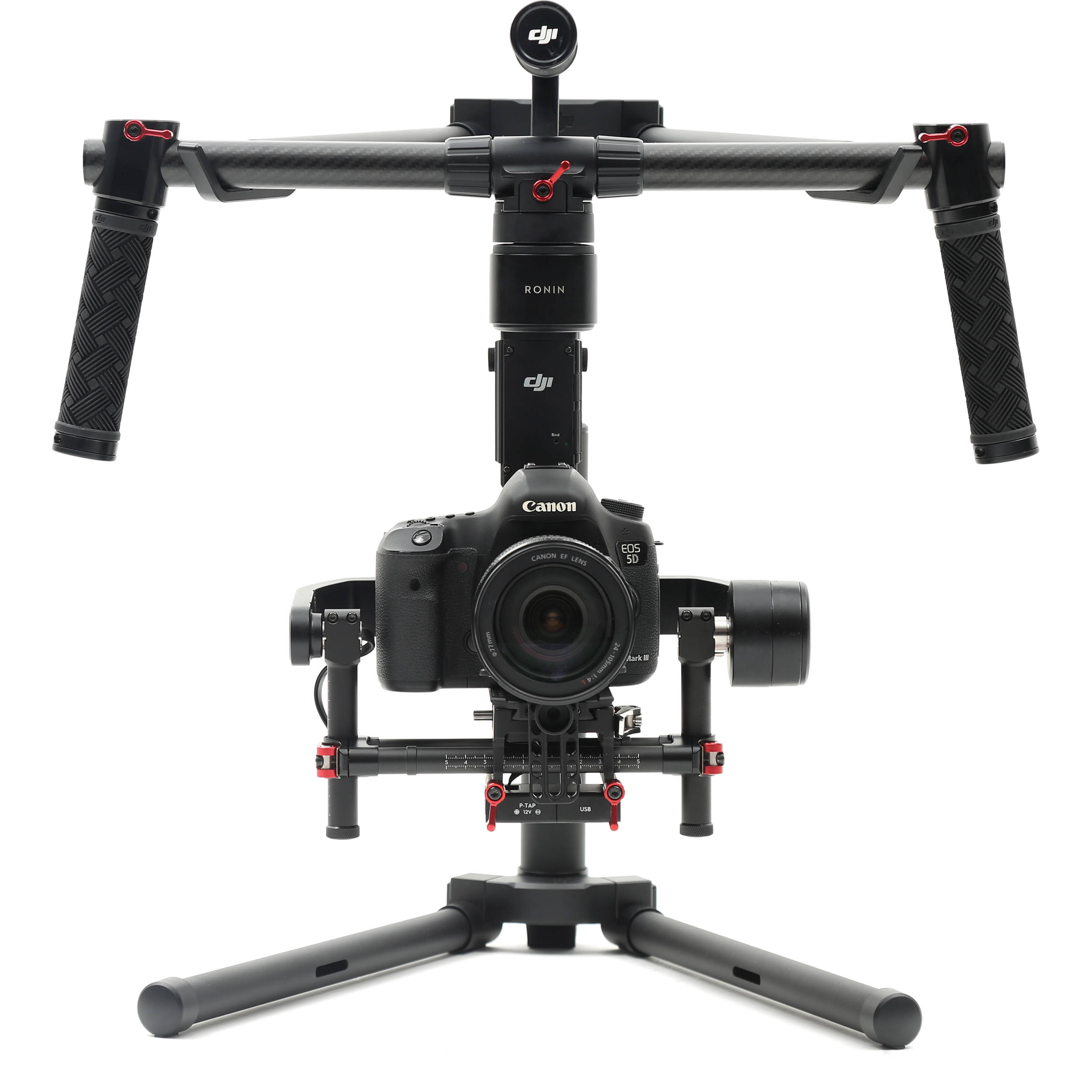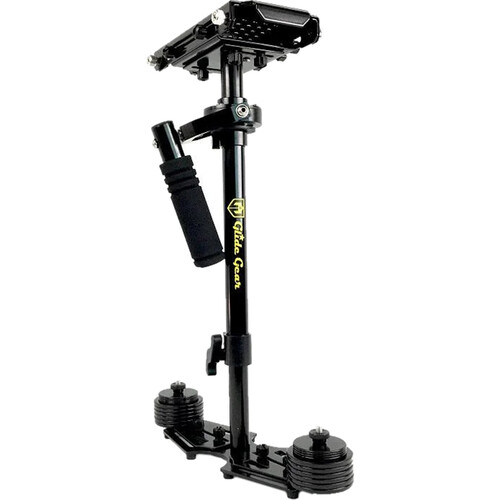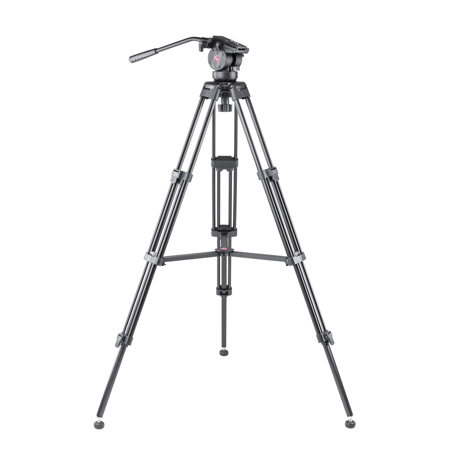One of the most important aspects of cinematography that goes commonly unnoticed is having the camera steady. Even a slight amount of movement within a shot can pull the audience away from the film, so it is important to attempt to have shots. There are multiple different ways that you can use to stabilize your camera, some of which are more effective than others.
 An electronic 3-axis gimbal is likely the best overall way to get the smoothest shots possible. A 3-axis gimbal electronically works to keep the camera stable and in the exact location as it is desired to be in. The gimbal does such as good job at ensuring the smoothest shots possible, it can commonly be seen being used in hollywood productions on moving vehicles as well as on drones. The major drawback of 3-axis gimbals is that they can cost hundreds of dollars, created a large barrier on entry for most filmmakers. However, if camera stability and smooth shots are desired, a 3-axis gimbal is likely the best way to make that happen.
An electronic 3-axis gimbal is likely the best overall way to get the smoothest shots possible. A 3-axis gimbal electronically works to keep the camera stable and in the exact location as it is desired to be in. The gimbal does such as good job at ensuring the smoothest shots possible, it can commonly be seen being used in hollywood productions on moving vehicles as well as on drones. The major drawback of 3-axis gimbals is that they can cost hundreds of dollars, created a large barrier on entry for most filmmakers. However, if camera stability and smooth shots are desired, a 3-axis gimbal is likely the best way to make that happen.
Tripod
Using a tripod is the easiest way to stabilize the camera while filming. By having three points of contact with the ground, a tripod keeps the camera extremely stable. The camera would likely only move due to very large movements on the ground or strong winds. The one downside to using a tripod is that it has to remain stationary. If the required shot involves moving around, a tripod can likely not be used. Overall, the tripod is the easiest, simplest, and cheapest way to keep your camera steady.
Shoulder Rig
A shoulder mount is one way to keep the camera stable while also being able to move it around. Having the camera attached to a larger object creates more weight, making it harder to move around, reducing smaller movements. The drawbacks of using a shoulder rig are that they do not completely eliminate the possibly of shakiness within filming, as well as that they are heavy which will wear out the camera operator over time.
 Handheld Stabilizers
Handheld Stabilizers
Handheld stabilizers are another way to maintain a stable camera while also having the freedom of mobility. After going through the difficult process of properly balancing your camera, the handheld stabilizers' built in gimbal helps to correct for any small movements. Using a handheld stabilizer would likely be one of the best ways to keep the camera stable if it's ability to be used wasn't so difficult. Properly moving around while using a handheld stabilizer is a difficult skill to master, making it hard to be able to pick up and use. However, those that do learn how to properly make use of a handheld stabilizer can create very smooth footage.
3-Axis Gimbal
 An electronic 3-axis gimbal is likely the best overall way to get the smoothest shots possible. A 3-axis gimbal electronically works to keep the camera stable and in the exact location as it is desired to be in. The gimbal does such as good job at ensuring the smoothest shots possible, it can commonly be seen being used in hollywood productions on moving vehicles as well as on drones. The major drawback of 3-axis gimbals is that they can cost hundreds of dollars, created a large barrier on entry for most filmmakers. However, if camera stability and smooth shots are desired, a 3-axis gimbal is likely the best way to make that happen.
An electronic 3-axis gimbal is likely the best overall way to get the smoothest shots possible. A 3-axis gimbal electronically works to keep the camera stable and in the exact location as it is desired to be in. The gimbal does such as good job at ensuring the smoothest shots possible, it can commonly be seen being used in hollywood productions on moving vehicles as well as on drones. The major drawback of 3-axis gimbals is that they can cost hundreds of dollars, created a large barrier on entry for most filmmakers. However, if camera stability and smooth shots are desired, a 3-axis gimbal is likely the best way to make that happen.

Comments
Post a Comment